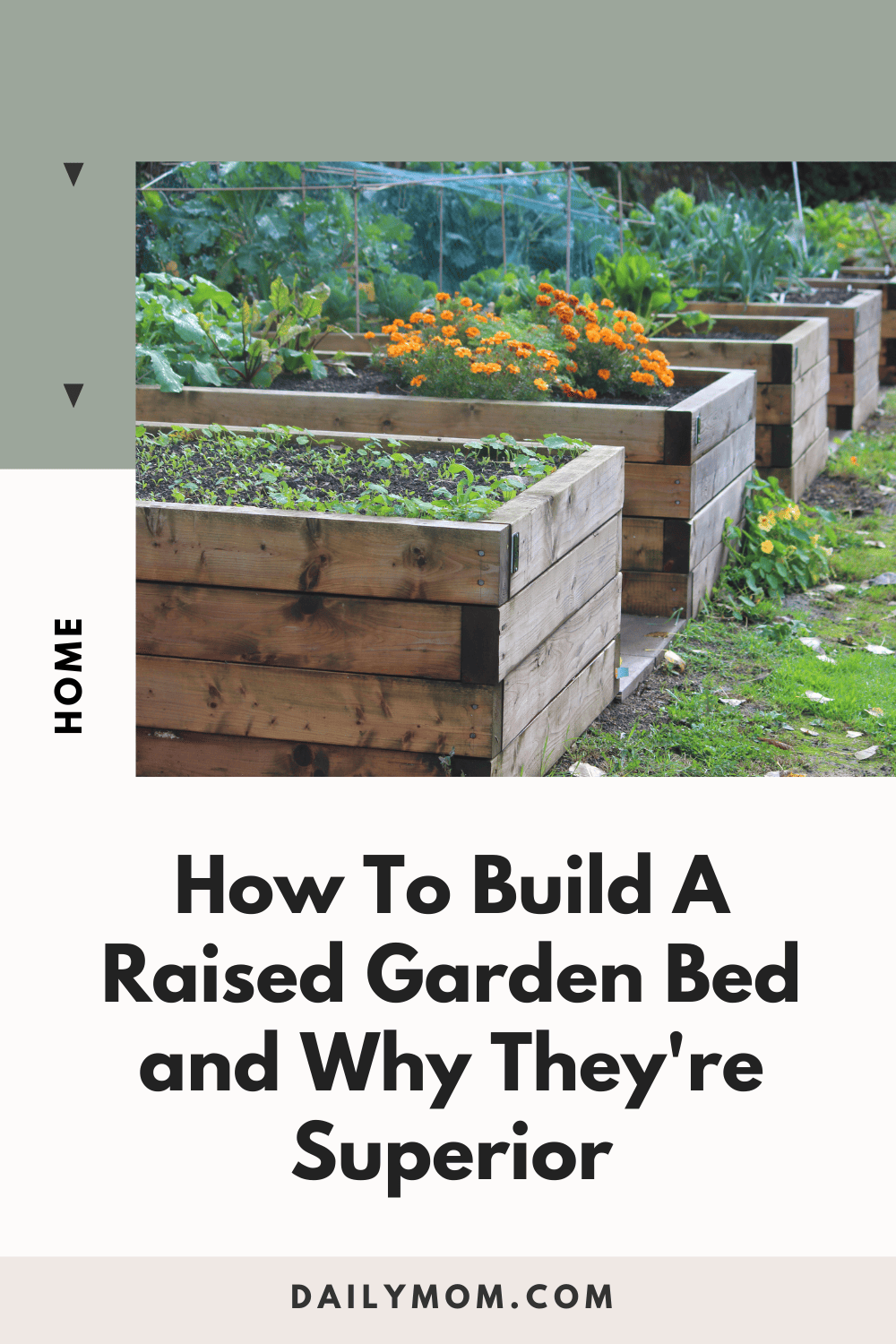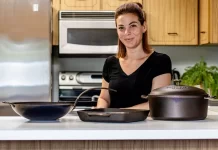Raised garden beds are all the rage right now. They’re the prettier way to garden, work for smaller yards, and can even produce better crops. However, buying store-bought kits can prove pricey! This post will not only tell you the pros and cons of why raised bed plants from your backyard are better but also show you how to make planter boxes for around $25 in materials all by yourself. So why not build your own and fill those garden boxes with raised bed plants perfect for your own vegetable garden? Let’s get started!

Why Are Raised Bed Plants Superior?
One of the benefits of building and using a raised garden bed and cultivating raised bed plants is the fact that the soil warms up sooner than in-ground beds, allowing for an earlier growing season. You can get started earlier by planting early into the season, and warmer plants can produce longer into the season than typical in-ground gardens. It’s also easy to add a plastic sheet tenting over the top, to create a greenhouse effect, extending the season even further.
The off-the-ground design also helps keep out garden pests like rabbits and prevents being trampled by pets and kids. While they may not be quite as easy to mow around, raised bed plants will be kept safe from weeds as the soil used within them is usually softer, cleaner soil and not toiled dirt from the yard.
Raised garden beds are pretty obvious as they’re just a box. This box-like structure design is usually built a foot or two off the ground making it easier and more ergonomic to work since the gardener doesn’t need to bend over as far to work it. Why wouldn’t you want to save your back from the daily strain?
READ MORE: 8 Super Backyard Garden Care Tips for Pest Prevention and Management


All that said, raised beds shouldn’t just be made out of any materials. Raised beds have certain requirements, particularly if you plan on growing vegetables in them. The materials need to stand up to the elements since they will be outside. That limits materials to plastics or element-resistant woods like pressure-treated, or woods such as redwood or cedar.
Raised bed kits that are sold within retail stores are typically made with recycled plastic, but plastic is not readily available to consumers as a base building material, or if using composite, is quite expensive. That leaves wood.
While the commonly used outdoor pressure-treated wood might be the most rot-resistant, you don’t want to use it anywhere near something you plan on eating and that includes raised bed plants. This type of wood is heavily treated with noxious chemicals like formaldehyde. With chemicals this strong, regular, or even galvanized screws or nails cannot be used because the chemicals will eat through them.
So the best option to use on raised garden beds and within proximity to raised bed plants is redwood and cedar. These woods are naturally rot-resistant. Redwood is somewhat harder to come by and tends to be fairly expensive. But cedar is cheap and easy to come by, in the form of fence pickets.
READ MORE: Holiday Pallet Projects: 7 Creative DIY Ideas
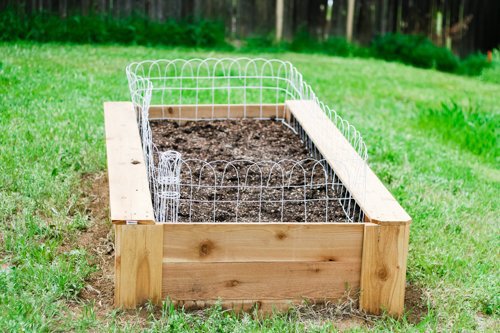
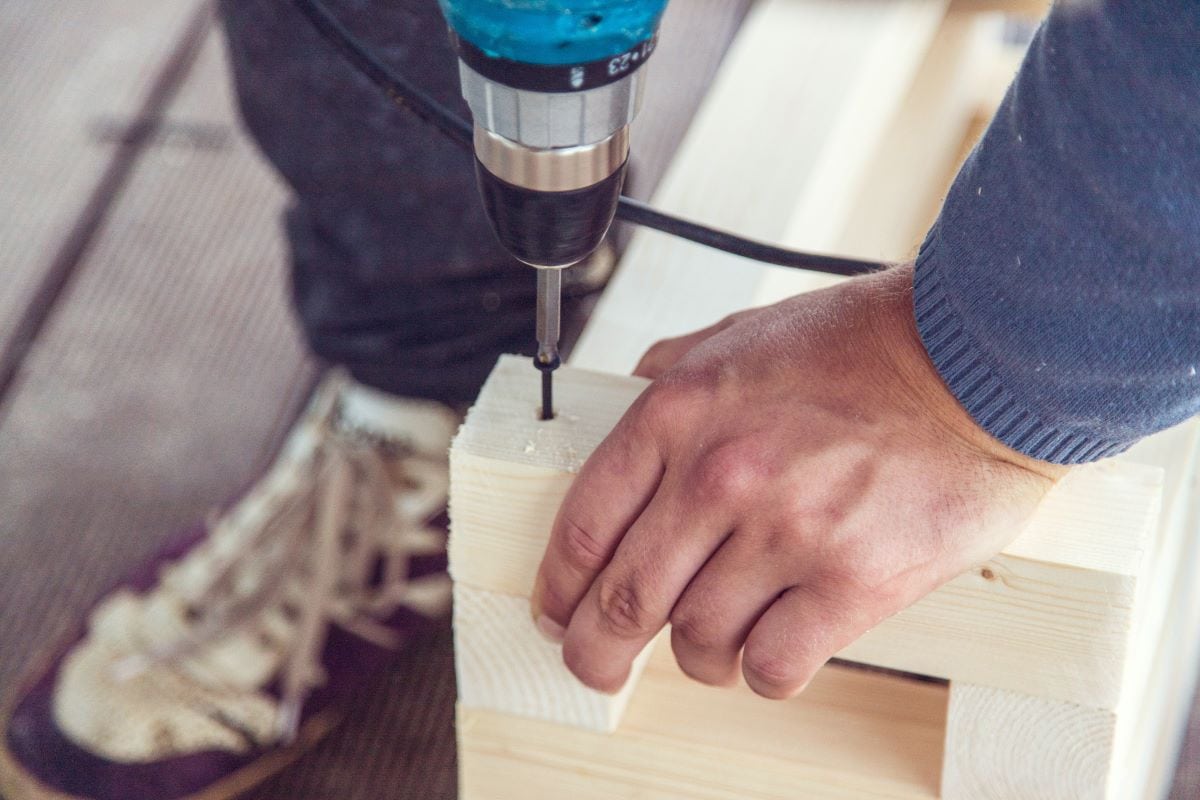
How to Build A Raised Garden Bed
Building a raised garden bed is a great way to start your own edible garden. It is also a great solution for those with limited space, bad soil, or those who want to get a head start on their garden. Before getting started:
- Decide on a Location: Select a spot in your yard that gets plenty of sunlight each day (at least 6-8 hours annually). Make sure the area is level and well-drained, if not, you may need to do some work to level out the area or add some drainage.
- Measure the Area: Measure the length and width of the area where your raised garden bed will go. This will help you know how much material you’ll need to build the bed, as well as figure out the total square footage.
- Gather Supplies: Gather your supplies, such as soil, compost, mulch, and gravel. As soon as your beds are built, you’ll want to fill them!
Materials Needed for two 3′ x 6′ boxes (18 sqft. of garden):
- 10 Cedar Picket Fence Planks 5.5″ wide
- 1 4×4 Cedar Fence Corner Post
- Vinyl-covered exterior deck screws
Cost:
Materials $25, Soil & Compost Mix $100 (appox.)
Time Investment:
5 hours
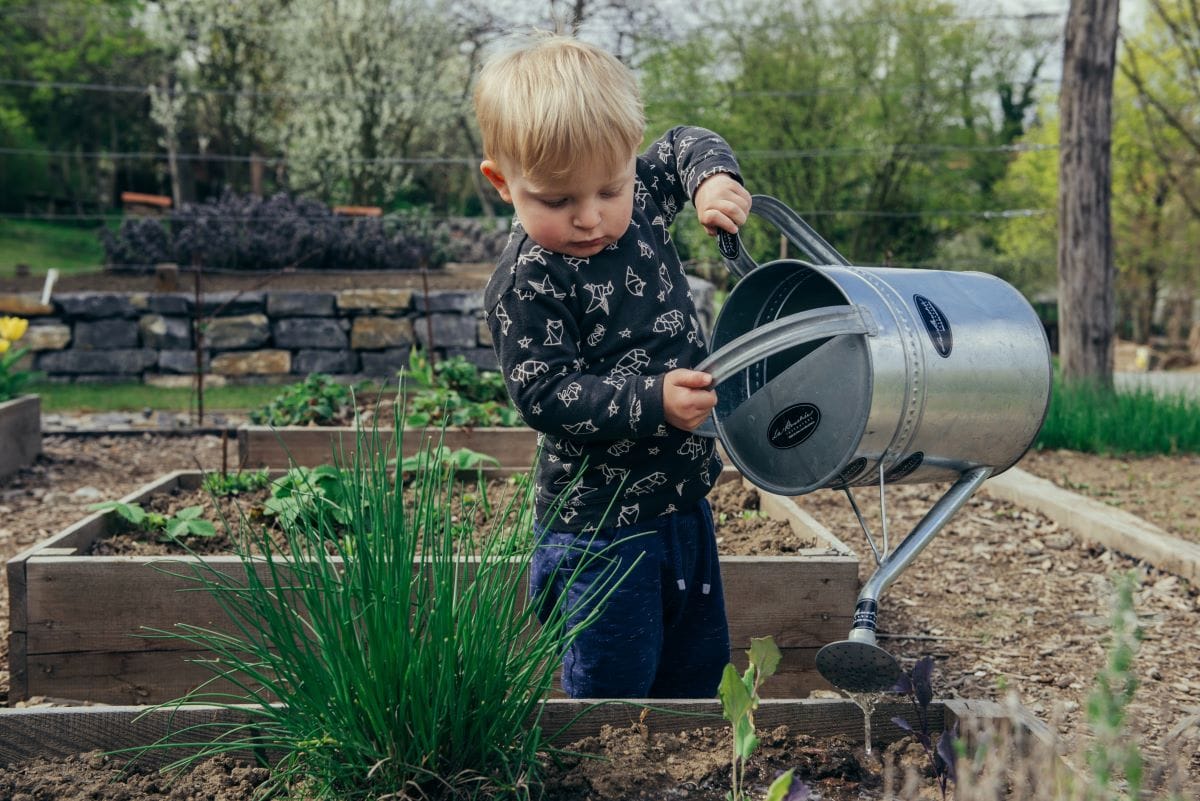
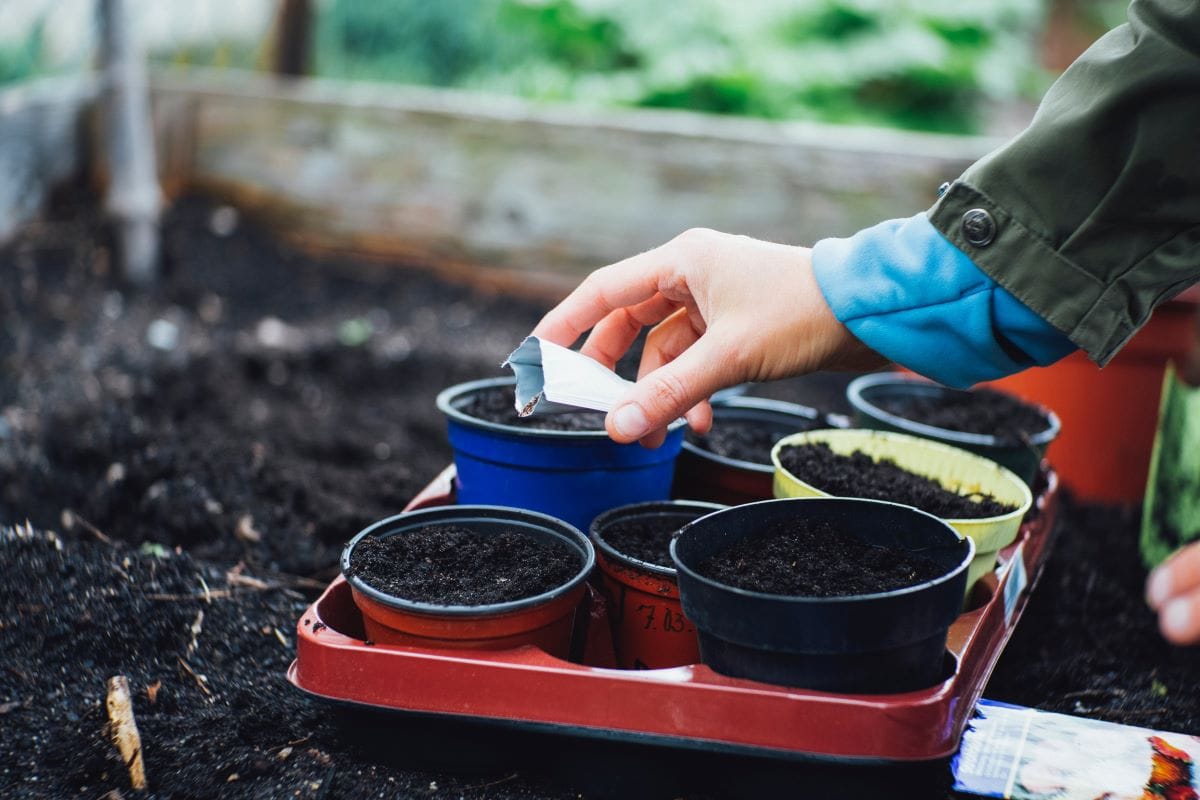
How To:
Start by doing the box ends:
- Take 3 pickets and cut them in half.
- Cut the 4×4 post into two 16.5″ pieces.
- Lay the two post pieces horizontally on the floor, and lay the pickets on top of them, side to side.
- Screw the pickets into the post. Use clamps to tightly hold the pickets together, to minimize any gap between the boards.
Now you’re going to make the long sides:
- Tilt the ends up on their side, and place them appx. 6′ apart
- Set 3, full-length pickets on top of the sides, and screw them into the post (using clamps!)
- Flip the box over and do the other side the same way
Optional:
- Take one extra picket, and cut it into 4 pieces, 16.5″ long
- Place the boards as a support in the middle of the long sides, using a sandwich method of one on each side. (This will help prevent the boards from bowing outwards with the weight of the dirt.)
- Sand and seal (on the outside only)
- To keep pets or rodents out, you may want to purchase fencing to go around the top. We suggest this inexpensive kind from Origin.
READ MORE: Gardening With Kids: 5 Fun Ways to Get Your Kids Involved

Raised Bed Building Tips:
- Cedar is not the easiest wood to work with. It is very soft, so it is very easy to cut, in fact, too easy. It can easily split or let screws pull through. Drill pilot holes for every single screw. If the picket does start to split, you can drill a hole at the end of the split to stop the split from going further and put screws on either side of the split to hold the halves together.
- Use vinyl-covered exterior deck screws, since these are cheaper than stainless screws, but won’t leave stains like galvanized ones.
- These pickets will be very splintery. You can sand them, but unless you paint them or seal them, they will splinter up again. You won’t want to paint them if you are growing raised bed plants in the beds. You could sand and seal the exterior of the boxes and leave the interior of the boxes untreated to cut down on splinters.
- Use clamps to hold the pickets as close together as possible when you screw them down. This will prevent gaps between the pickets allowing the dirt to leak out.
Placement for Raised Beds:
- When the boxes are placed, you will want to set the box into a trench so it is buried up to about halfway up the bottom picket. This will help prevent the weight of the dirt inside the box from bowing out the sides of the box.
- Try to level the box out in all four directions, but it isn’t critical to have a perfect level.
- Once the box is placed, cover the dirt on the inside of the box with chicken wire to keep out burrowing pests. On top of the chicken wire stretch landscape fabric to keep out weeds. There is also landscape fabric that retains water. One drawback to raised beds is they drain very well, which can be a good thing and a bad thing. Retaining as much water as possible in the box is a good thing.
Now it’s time to add the soil and start growing. The soil will be the most expensive part of this project, and you should check with your local garden store to see what type of soil works best for your specific area.
Raised Bed Plants that Grow Best
Raised garden beds are a great way to grow vegetables in your backyard. The type of vegetables and raised bed plants that do best are ones that prefer well-drained soil and warm climates, such as legumes (beans, peas, lentils), root vegetables (carrots, turnips, beets), greens (lettuce, spinach, kale), tomatoes, peppers, squash, cucumbers, and many types of herbs. Your vegetable choices can also depend on the climate you live in, as some vegetables require more sun or warmth than other varieties. Planting a variety of vegetables will give you better yields and a more interesting harvest. Additionally, you can mix your vegetables with companion plants, like flowers, to attract pollinators and beneficial insects.
It’s also important to note that once a harvest season is over for one plant, later plants can be swapped in. Things like winter squash, broccoli, potatoes, and beets are best planted after many of the Spring and early summer plants. So keep that in mind when you’re choosing which plants to grow.
Harvesting raised bed plants inside a DIY raised garden bed is a great way to enjoy and eat from a backyard vegetable garden that is both attractive and productive. The materials are inexpensive, and you can even customize the planter boxes to fit your yard or garden. The best part is that you don’t have to buy expensive kits, and you can save a lot of money by building them yourself. With just a few materials and tools, you can make your own planter boxes and fill them with raised bed plants perfect for your own vegetable garden. All in all, DIY raised bed plants offer you the opportunity to create a beautiful and unique garden all by yourself.
Photo Credits: The Memoirs of Megan
CONNECT WITH DAILY MOM
💖 NEWSLETTER: DAILY READS IN YOUR INBOX 💖
Sign up to receive our picks for the best things to do, see and buy so you can relax and focus on more important tasks! Let us help you be the best version of yourself you can be!
BE SOCIAL WITH US
📌 LOVE IT? PIN IT!📌
